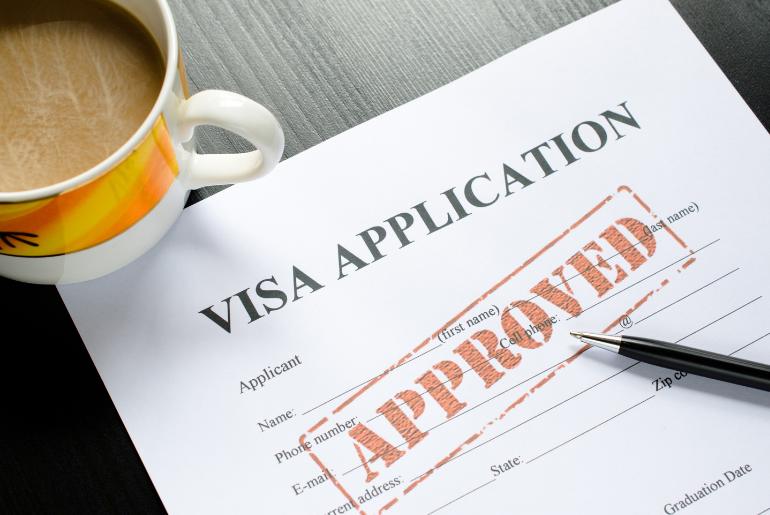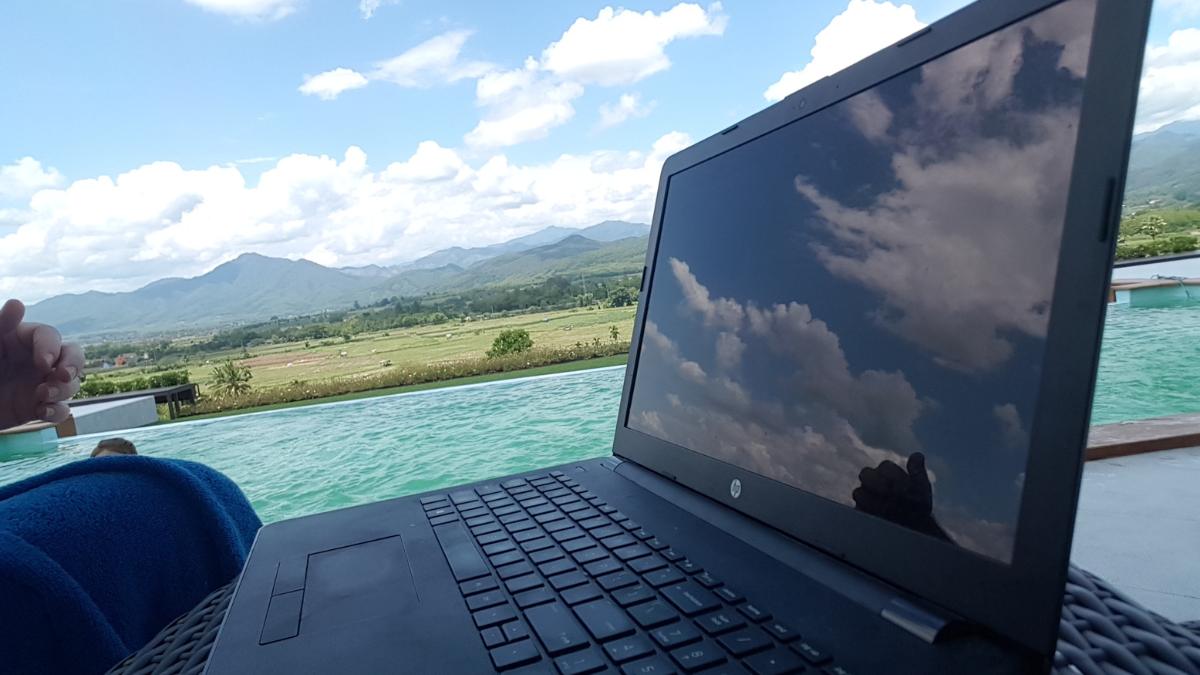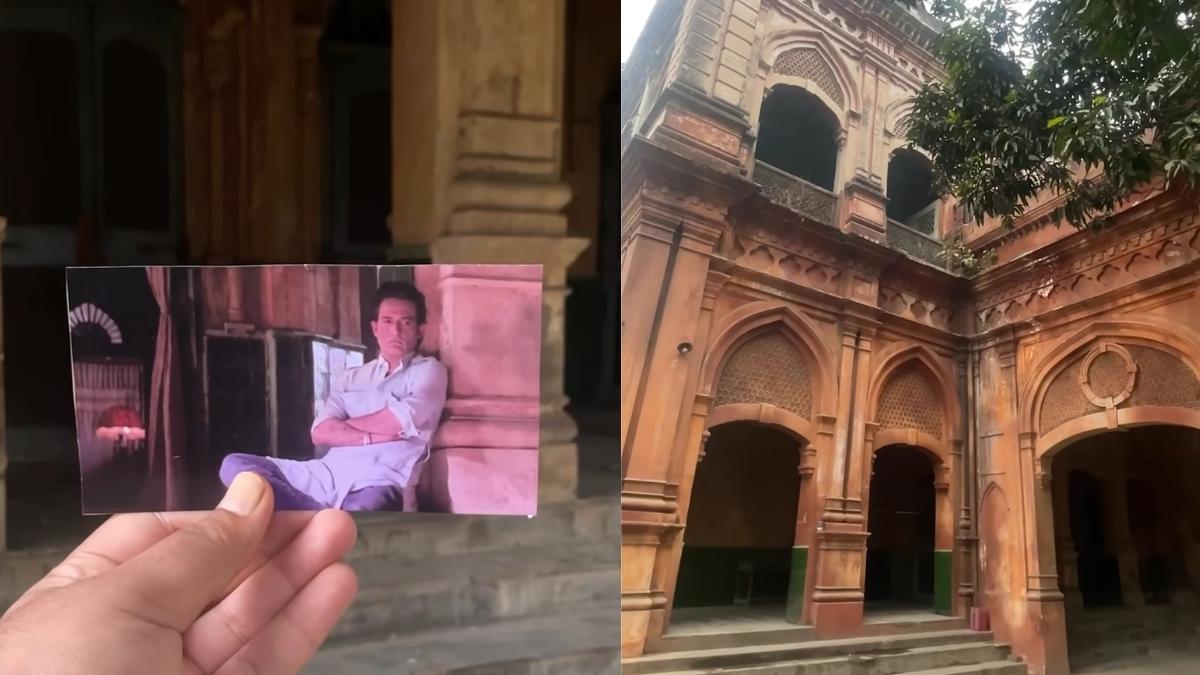Why live in one place if you could cover the whole world and live your best life? After Digital Nomad Visas were introduced in 2020, it was the first step towards a dream come true for a lot of people around the world. Especially with the shift to remote working during the lockdown, a large population of the world completely embraced this new way of life. With flexible jobs, it was so much easier to travel.
While the concept sounded strange to a lot of people and was considered suitable for millennials, that notion changed quickly. It seems strange to uproot yourself from a permanent home, but with so much in store, it can turn out to be the best decision.
All About Applying For A Digital Nomad Visa With Family

If you still think it is only for singles, it is time you get introduced to the digital nomad visa with family. Allowing an individual to temporarily stay in a country and work remotely, these visas are definitely a game changer. It is not only beneficial for adults with remote jobs but also for children. There are a lot of benefits to a digital nomad visa for an entire family. If that is something you are looking for, here is everything you need to know about it!
Countries Allowing Digital Nomad Visa With Family
In 2023, over 40 countries offer digital nomad visas to individuals. With basic requirements from each of them, they are easily available to all individuals. A lot of European countries, like Croatia, Hungary, Norway, Greece, and Italy are popular destinations. For obvious reasons, Caribbean countries like Barbados and Bermuda also make the list.
While most of them offer digital nomad visas with family, there are some that don’t. There are different rules and regulations for all of them.
If allowed, there are, in general, three instances:
- All dependents are allowed with the applicant.
- In the case of a couple, both spouses need to apply individually.
- Only immediate family members are allowed.
Before deciding to apply for one, it is crucial for you to explore all your options and choose the one that suits you and your family the best.
Other Limitations To Note
While applying for this visa, it is essential that you disclose all specifications about your family and make sure they are allowed to accompany you. In most countries, immediate family members, including spouses and children, are allowed. In the case of children, it is also vital for them to be financially dependent on you. If your children are adults, they cannot be included in the application.
Also read: Virgin Voyages To Set Sail On Its Maiden Voyage From Dubai This November!
Proof Of Relationship
In the case of a married couple, the marriage certificate acts as proof. Birth certificates or adoption certificates play the same role for dependent children. In the case of legally unmarried couples, there are only a few countries that allow applications. It is approved after a lengthy process of proving the relationship via pictures or documentation like residential deeds or shared bank accounts.
Minimum Income Requirements
Obviously, living alone and living with a family are two completely different things. This factor immensely affects living standards. Simply put, more money is required to support a family than when living alone. Hence, the minimum income requirements are higher when applying for a digital nomad visa with a family. The exact requirement increases with every dependent upon the individual.
The Process Of Applying For Digital Nomad Visa With Family

The process of applying for a digital nomad visa is similar to applying alone. However, there will be more formalities and more documents involved to prove you meet all requirements.
Here’s how it goes:
- Fill out the form online or offline (depending on the country’s requirements).
- Visit the embassy for further verification and a visa interview.
- Get your family’s documents prepared in addition to your own. Make sure you have proof of identity, proof of relationship for each dependent, and proof of income.
- Once the documents are ready, you can submit them to the embassy along with the visa fee, which varies for every country.
Cover Image Courtesy: Canva
First Published: April 11, 2023 10:58 PM



